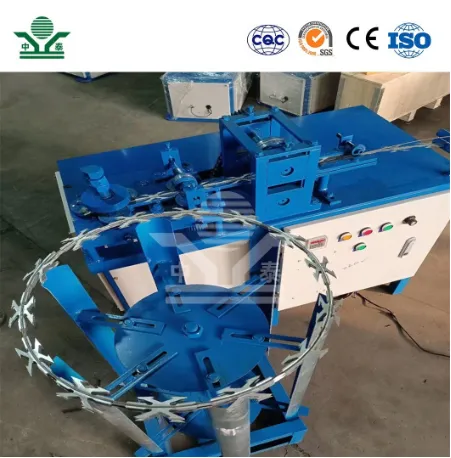Movable Noise Barriers A Solution for Urban Sound Pollution
In the contemporary urban environment, noise pollution has become a significant concern for city planners, residents, and environmentalists alike. One innovative solution gaining traction is the use of movable noise barriers. These structures not only mitigate sound pollution but also adapt to the dynamic needs of urban landscapes, striking a balance between aesthetics, functionality, and environmental consideration.
Understanding Noise Pollution
Noise pollution, defined as unwanted or harmful sound in the environment, can emanate from various sources, including road traffic, construction sites, railways, and industrial activities. Chronic exposure to high noise levels has been linked to several health issues, such as stress, sleep disturbances, cardiovascular diseases, and decreased productivity. As cities expand and densify, the quest for effective measures to combat these adverse effects intensifies.
The Concept of Movable Noise Barriers
Movable noise barriers are innovative structures designed to reduce noise levels by blocking sound waves and can be repositioned as needed. Unlike traditional fixed barriers, which are often static and limited in their adaptability, movable barriers can be adjusted to address specific noise sources or changes in environmental conditions. This flexibility is particularly advantageous in urban settings, where sound sources vary throughout the day due to traffic patterns, events, and construction schedules.
Benefits of Movable Noise Barriers
1. Adaptability The primary advantage of movable noise barriers is their adaptability. They can be relocated or adjusted to target specific noise sources, making them ideal for urban environments where the sources of noise are ever-changing. For example, during a concert or a major sporting event, barriers can be repositioned to shield residential areas from increased noise levels.
2. Cost-Effectiveness Building permanent barriers can be costly and may not always be necessary. Movable barriers allow city planners to allocate resources more effectively, investing in temporary solutions where noise levels fluctuate rather than constructing permanent infrastructures that may become redundant.
movable noise barrier

3. Enhanced Aesthetics Traditional noise barriers can often be perceived as unsightly, interrupting scenic views and disrupting the urban landscape. Movable barriers can be designed with aesthetics in mind, allowing for creative installations that can blend into the environment. Some designs incorporate art or greenery, making them not just functional but also visually appealing.
4. Environmental Benefits By reducing noise pollution, movable barriers contribute to a healthier urban environment. Lower noise levels can lead to improved public health outcomes, reduced stress levels among residents, and enhanced overall quality of life. Additionally, the use of sustainable materials in the construction of these barriers can further minimize their environmental footprint.
Implementation Challenges
Despite their numerous advantages, implementing movable noise barriers does come with challenges. The technology and design need to be robust enough to withstand weather conditions and require reliable mechanisms for relocation. Maintenance and operational costs must also be considered, as well as the need for community involvement in planning to address concerns about sound pollution effectively.
Future Prospects
As cities continue to grow and evolve, the need for innovative solutions to combat noise pollution will become increasingly critical. Movable noise barriers stand at the forefront of such innovations, offering a viable option that aligns with contemporary urban development goals. With advancements in technology, materials, and design, the effectiveness and appeal of these barriers are likely to improve, making them a staple in urban noise management strategies.
Conclusion
In conclusion, movable noise barriers represent a forward-thinking approach to managing sound pollution in urban areas. By combining adaptability, cost-effectiveness, aesthetic considerations, and environmental benefits, these barriers offer a promising solution to one of the pressing challenges facing modern cities. As awareness of the impacts of noise pollution grows, the continued development and implementation of such innovative measures will play a crucial role in fostering healthier, more livable urban environments for current and future generations.
-
Why Galvanized Trench Cover Steel Grating Resists Corrosion
NewsJul.10,2025
-
The Versatility and Strength of Stainless Expanded Metal Mesh
NewsJul.10,2025
-
Load Calculations in Steel Grating Platforms
NewsJul.10,2025
-
Keeping Pets and Kids Safe with Chicken Wire Deck Railing
NewsJul.10,2025
-
Hole Diameter and Pitch for Round Perforated Metal Sheets
NewsJul.10,2025
-
Aluminium Diamond Mesh in Modern Architecture
NewsJul.10,2025
Subscribe now!
Stay up to date with the latest on Fry Steeland industry news.

